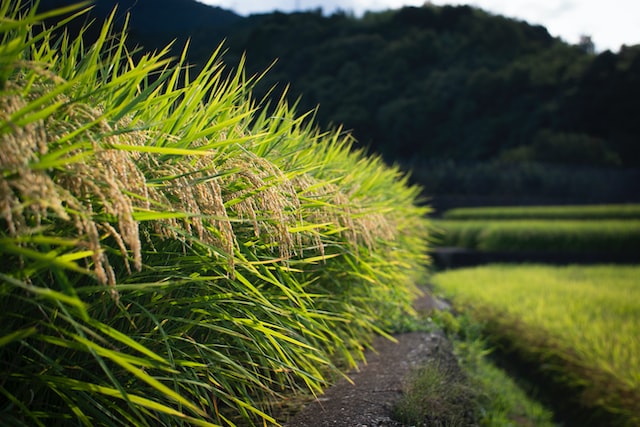At “the centre of the universe” for Australian bitterns, the NSW foodbowl region known as the Murrumbidgee, rice growers and conservationists have become somewhat strange bedfellows.
Some 3,500 hectares of privately-owned rice fields were four years ago quarantined to boost numbers of the secretive birds. Herbicide was restricted, fox and cat controls enforced and water pumped into rice fields early to encourage breeding.
“The results were fantastic,” according to Bitterns in Rice project ecologist Matt Herring.
“We got 15 nests in the incentive sites and zero in the control sites.”
But with the project due to wind up in June, the question for the bittern is what happens next?
It’s one of the subjects to be tackled by scientists, ricegrowers and bird lovers as they meet in the Riverina town of Leeton on Wednesday for the Australasian Bittern Summit.
The latest CSIRO data reveals just 1300 Australian bitterns survive in the wild, making them among the country’s most endangered birds.
But numbers have stabilised and the bittern rice project has helped.
The elusive Bunyip Bird, as it’s also called, makes a booming sound once mistaken for the cry of the mythical creature. It’s often heard but not seen, with males filling up their throat sacks during mating season and their call detected up to two kilometres away.
Neil Bull from the Ricegrowers’ Association said the farmers involved in the conservation project have been passionate about it but it’s come at a cost of using more water to create a wetlands environment.
“Of course in our world of trying to be water efficient … there’s real pressure on growers because irrigation water is the biggest cost input for most growers,” he said.
Monitoring found up to six times as many bitterns on the project properties compared to control sites.
Hayden Cudmore’s farm near Griffith was one of the 14 involved.
“It makes you feel that you’re making a valued contribution,” he told AAP.
“Because far too often rice and cotton for that matter gets a bad rap around water use.”
But he’s concerned about what happens when funding dries up.
“I do worry about the project and the bitterns,” Mr Cudmore told AAP.
“In those dry years it could be the difference between pursuing a bittern friendly crop one year and not.
“It still has to be an economic decision to grow the crop … but really for me to be sustainably profitable, then it has to be a business decision on the rice production.”
The conference will be told that it will be up to consumers to drive change.
Research conducted by Dr Herring found Australian consumers are willing to pay up to 25 per cent more for rice products that support growers to conserve bitterns in their crops.
“We’re now looking to consumers to sort of put their money where their mouth is if they want to support wildlife friendly farming, then products like bittern friendly rice is what will need to happen,” he said.
Liv Casben
(Australian Associated Press)





